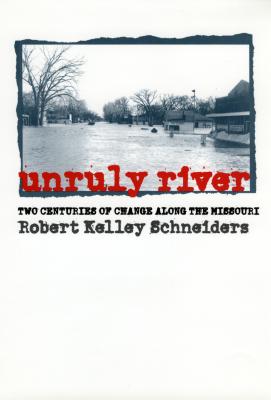Over the course of two centuries, Americans have tried to tame the Missouri River. First explored by Lewis and Clark, this once-free-flowing river has in modern times been dammed, dredged, and channelized until it now barely resembles its former self. Yet, the Missouri remains beyond complete human control.
Writing in a new tradition of environmental history, Robert Kelley Schneiders takes a long historical view to reconstruct the Missouri Valley environment before Euro-American settlement and then trace the environmental transformations resulting from the development projects of the nineteenth and twentieth centuries. He tells how the Mighty Missouri has been transformed from a shallow, meandering stream to an engineered waterway with over a dozen dams, thousands of stone pile dikes, and seemingly endless miles of rock bank line--and how the river has reacted to the disruption of its original hydrologic and ecological processes.
Schneiders explores the reciprocal relationship between people and the natural world as he examines the political origins of Missouri River development plans. Bringing together much of the previously fragmented history of the river, he describes the environmental changes caused by the construction of a barge channel below Sioux City and by dam and reservoir construction in Montana and the Dakotas. Contrary to the conclusions of several other water historians, Schneiders argues that the development of the river was guided by neither federal elites nor local interest groups acting alone but by the two working in cooperation; while the Corps of Engineers built dams and channelization structures, private citizens cleared the lower Missouri Valley for agriculture, industry, and housing.
Although Schneiders claims that Missouri River development was undertaken primarily to benefit agriculture, he holds that in the long run the river has foiled these management attempts--and that despite the investment of technology and money, the public may have been better off if the Missouri had been left alone. Rich in geographical and topographical information and featuring both historic and contemporary photos,
Unruly River shows that despite humanity’s herculean efforts, the Missouri continues to be the principal actor in its own life story.












